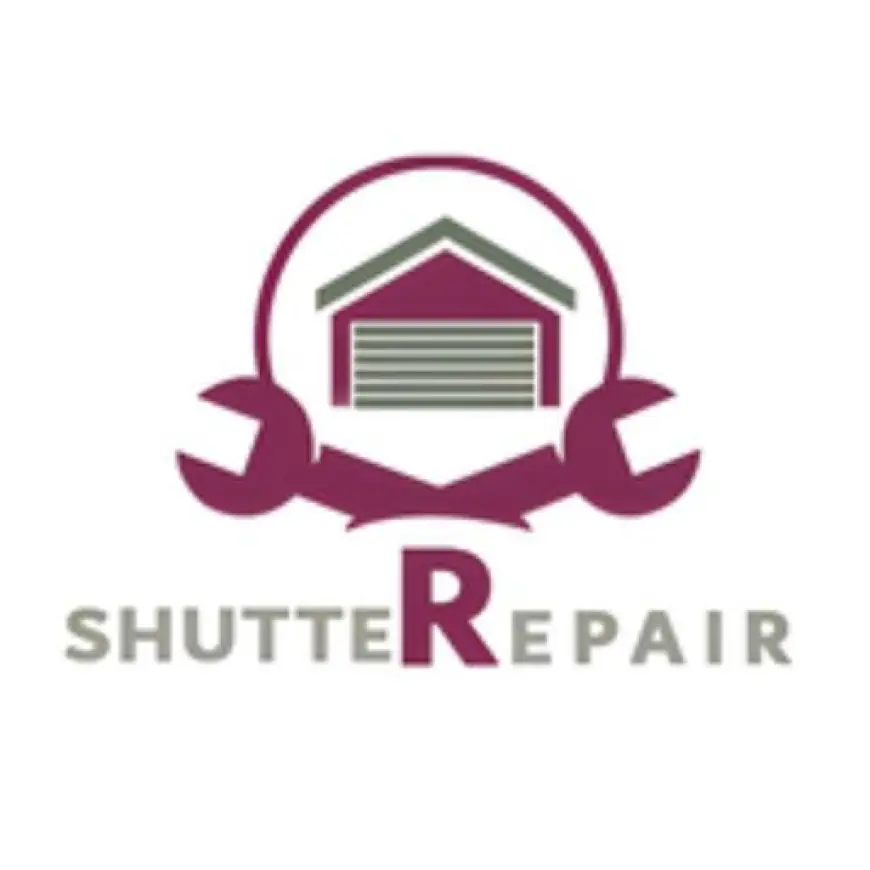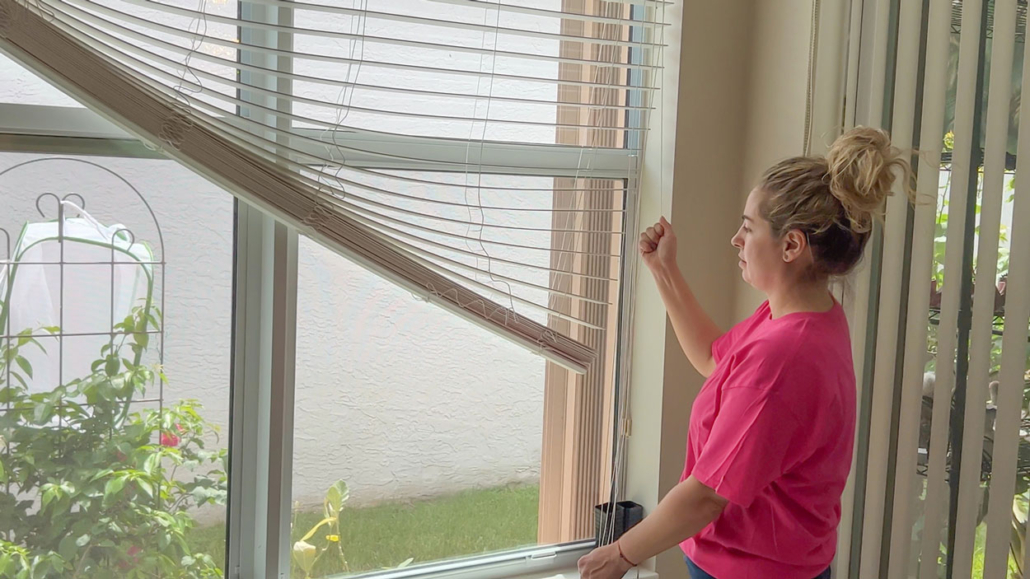Shutter Blinds Repair: A Comprehensive Guide
Shutter blinds are a popular choice for homeowners and businesses alike due to their aesthetic appeal, durability, and ability to control light and privacy effectively.


Shutter blinds are a popular choice for homeowners and businesses alike due to their aesthetic appeal, durability, and ability to control light and privacy effectively. However, like any home accessory, shutter blinds can experience wear and tear over time, requiring maintenance or repair. Whether it’s a minor adjustment or a significant overhaul, understanding how to approach shutter blinds repair can save you time, money, and frustration. This guide will walk you through common problems, repair methods, and tips to maintain your shutter blinds in excellent condition.
Common Problems with Shutter Blinds
-
Broken or Damaged Slats Over time, slats can crack, warp, or break, especially if they are made of wood or plastic. This issue can result from physical impact, excessive force, or prolonged exposure to sunlight and moisture.
-
Loose or Misaligned Louvers Louvers, the horizontal slats of shutter blinds, can become loose or misaligned, making it difficult to open or close them properly. This problem is often caused by wear on the tilt rod or loose screws.
-
Stuck or Non-Functional Tilt Rod The tilt rod, responsible for controlling the angle of the slats, can become stuck or stop functioning due to debris buildup, broken connectors, or a bent rod.
-
Faulty Hinges or Frames Hinges may become rusty or misaligned, while frames can warp or crack, impacting the overall functionality and appearance of the shutters.
-
Fading or Peeling Paint Exposure to sunlight and humidity can cause the paint or finish on your shutter blinds to fade or peel, detracting from their appearance.
DIY Repair Tips for Shutter Blinds
Many shutter blinds repairs can be handled at home with basic tools and materials. Here are some DIY solutions to common problems:
1. Repairing Broken Slats
-
Materials Needed: Replacement slats, wood glue (for wooden blinds), or epoxy (for plastic blinds).
-
Steps:
-
Remove the damaged slat by detaching it from the frame or tilting mechanism.
-
If using a replacement slat, cut it to the appropriate size.
-
Apply glue or epoxy to secure the new slat, ensuring it aligns with the other slats.
-
Allow it to dry before testing the blinds.
-
2. Fixing Loose Louvers
-
Materials Needed: Screwdriver, replacement screws, or louver pins.
-
Steps:
-
Tighten any loose screws on the tilt rod or frame.
-
Replace worn or missing louver pins to secure the louvers in place.
-
Adjust the tilt rod to ensure smooth operation.
-
3. Unsticking the Tilt Rod
-
Materials Needed: Lubricant spray, screwdriver, and replacement connectors if necessary.
-
Steps:
-
Inspect the tilt rod for debris or damage.
-
Clean the rod and apply a lubricant to reduce friction.
-
Replace broken connectors or reattach loose ones.
-
4. Addressing Hinges and Frames
-
Materials Needed: Screwdriver, replacement hinges, or wood filler.
-
Steps:
-
Tighten or replace loose or rusty hinges.
-
Use wood filler to repair cracks in the frame.
-
Sand and repaint or refinish the repaired area for a polished look.
-
5. Refinishing Faded or Peeling Blinds
-
Materials Needed: Sandpaper, primer, paint, or stain.
-
Steps:
-
Sand the affected area to remove loose paint or finish.
-
Apply a primer to prepare the surface.
-
Paint or stain the shutters, allowing each coat to dry thoroughly.
-
When to Call a Professional
While many shutter blinds repairs can be handled independently, some situations require professional assistance. Consider hiring a repair specialist if:
-
The damage is extensive or affects structural integrity.
-
The shutters are custom-made or expensive, and you want to ensure a flawless repair.
-
You lack the necessary tools or expertise.
-
The problem involves electrical components, such as motorized blinds.
Preventative Maintenance Tips
To extend the lifespan of your shutter blinds and minimize the need for repairs, follow these maintenance tips:
-
Regular Cleaning Dust and clean your blinds frequently using a microfiber cloth or vacuum with a soft brush attachment. Avoid harsh chemicals that can damage the finish.
-
Inspect for Damage Periodically check for signs of wear, such as loose screws, cracks, or peeling paint, and address issues promptly.
-
Avoid Excessive Force Handle your shutter blinds gently to prevent bending or breaking the slats and tilt rod.
-
Protect Against Sun and Moisture Use window treatments or UV-protective films to shield your blinds from direct sunlight. Avoid placing them in areas with high humidity unless they are made of moisture-resistant materials.
-
Lubricate Moving Parts Apply lubricant to hinges and tilt mechanisms to keep them functioning smoothly.
Choosing the Right Repair Professional
If you decide to hire a professional for shutter blinds repair, ensure they have:
-
Experience with your specific type of blinds.
-
Positive reviews or recommendations.
-
Transparent pricing and clear communication about the repair process.
Conclusion
Shutter blinds are a valuable investment that enhances the beauty and functionality of any space. With proper care and timely repairs, you can ensure they remain in excellent condition for years to come. Whether you choose to tackle repairs yourself or enlist the help of a professional, addressing issues promptly will save you from more significant problems down the line. By following this guide, you can confidently manage shutter blinds repair and enjoy their benefits for years to come.












